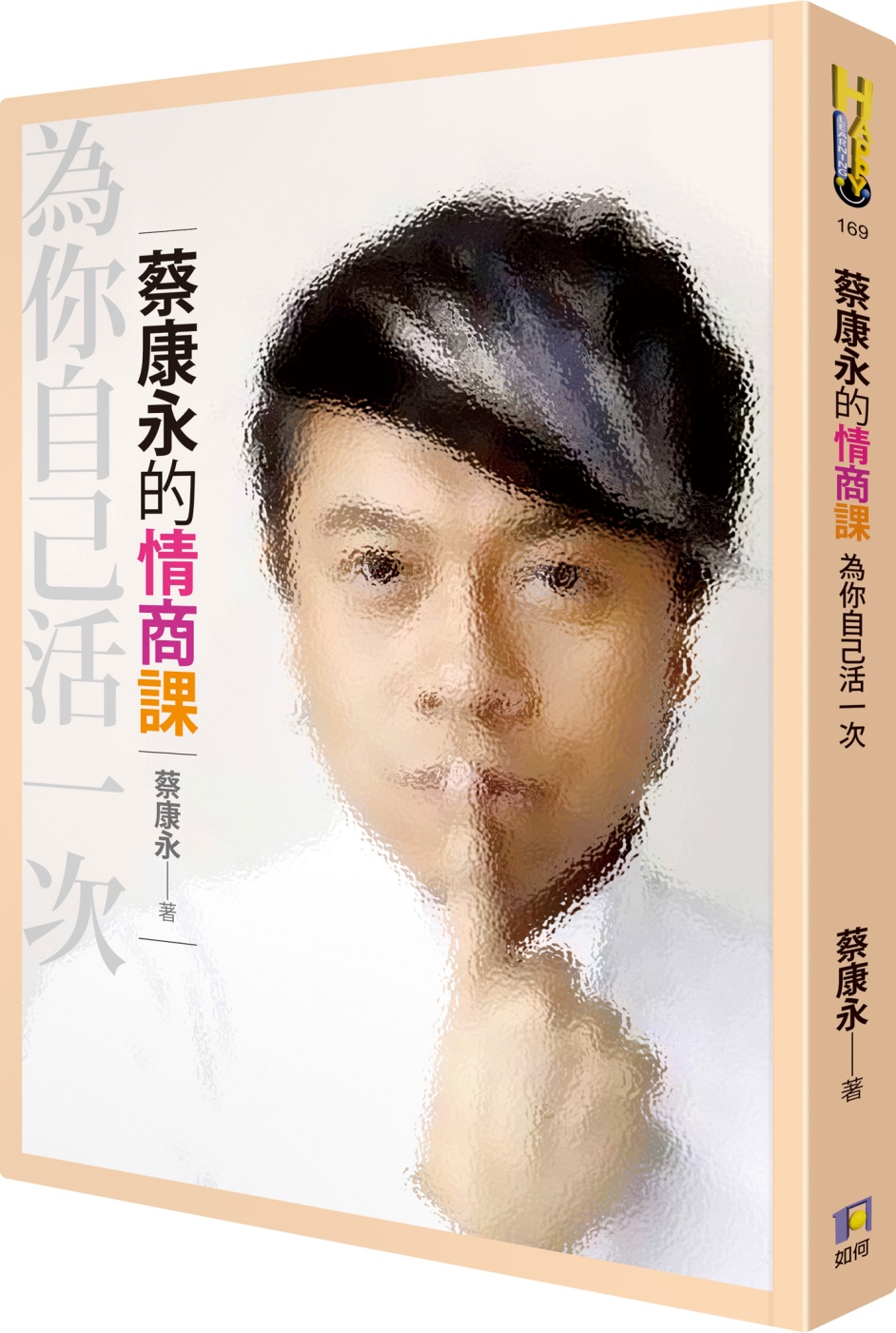This book by two leading experts on semiconductor fabrication processes adopts an untraditional approach to introducing semiconductor devices to beginners. The authors use circuit theory to provide a digestible explanation of energy band theory and understanding of energy band diagrams.
After briefly summarizing the basics of semiconductors, the authors describe semiconductor devices from a circuit theoretic point of view, making the book especially suitable for circuit design students and engineers. Further to the emphasis on the circuit perspective, the book then uses circuit theory to introduce readers to the famously indigestible "energy bands" of crystalline solids. Additionally, the book explains how to read physics from "energy band diagrams" of semiconductor devices in great detail. The key to appreciating the real power of energy band diagrams is shown to lie in the understanding of the concept of the "quasi-Fermi levels," introduced in 1949 by William Shockley but remaining elusive to date and therefore often omitted from energy band diagrams. To rectify this, some of the energy band diagrams presented in this book, complete with quasi-Fermi levels, were drawn using a device simulator (a.k.a. technology computer-aided design; TCAD), offering quantitative information about device physics. The book could, therefore, also serve as a hands-on course text in TCAD-drawn band diagram reading.
Because no prior exposure to quantum mechanics is required and the book does not attempt to teach it, this book is ideal for students in various disciplines who may or may not be specializing in semiconductor devices. The numerous practical examples of reading TCAD-based energy-band diagrams are also invaluable to practicing semiconductor device engineers.

 看圖書介紹
看圖書介紹









